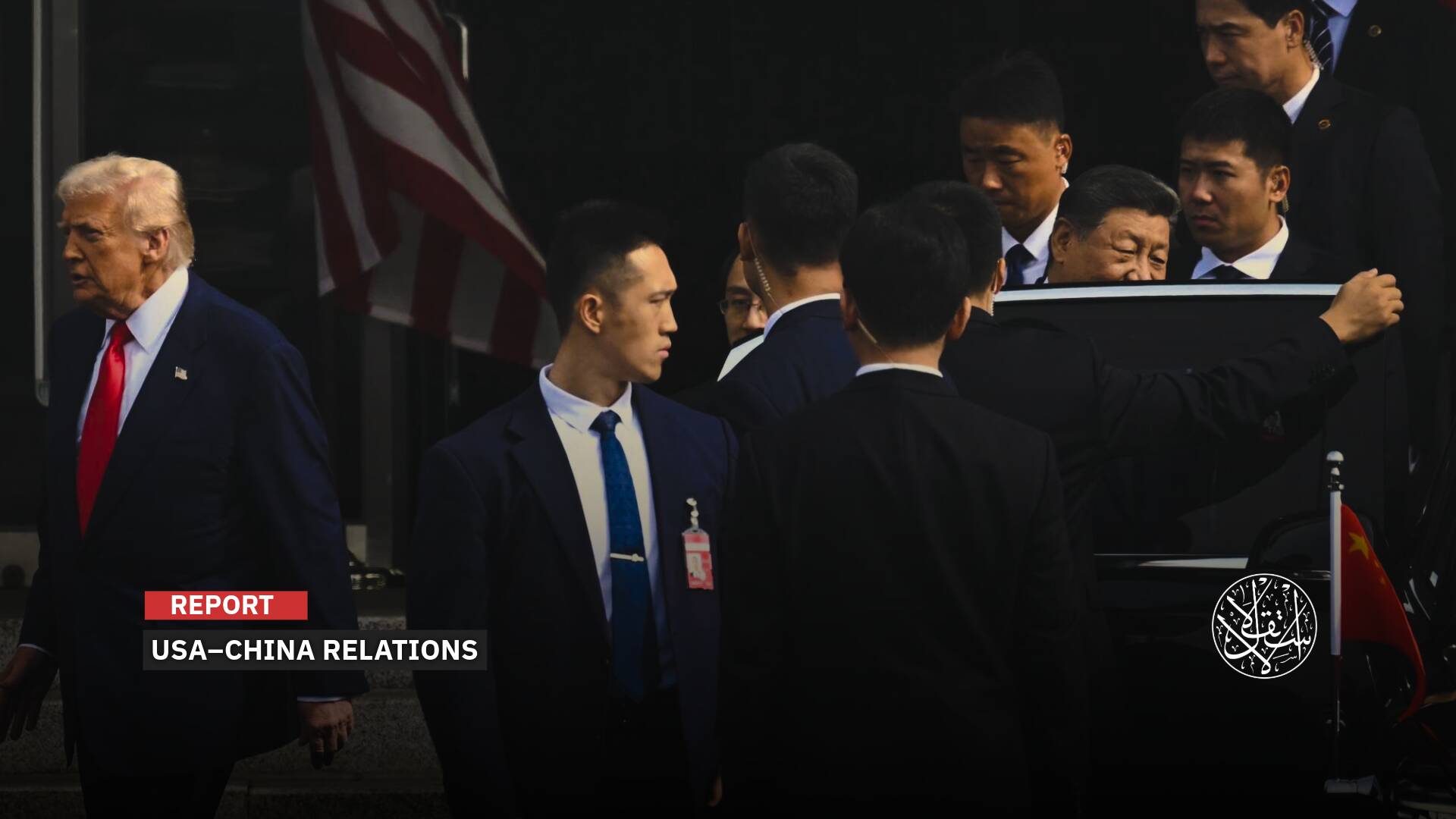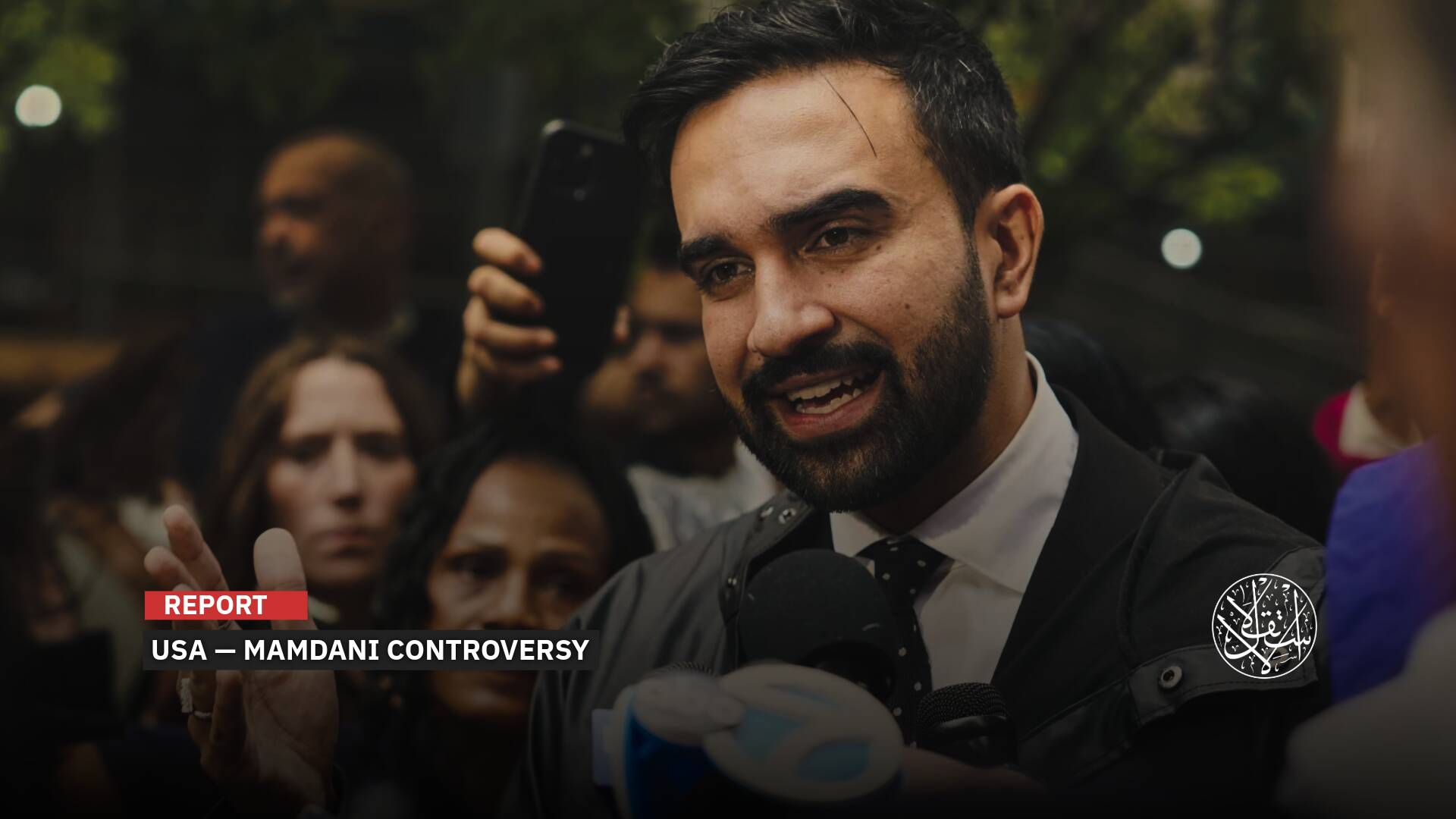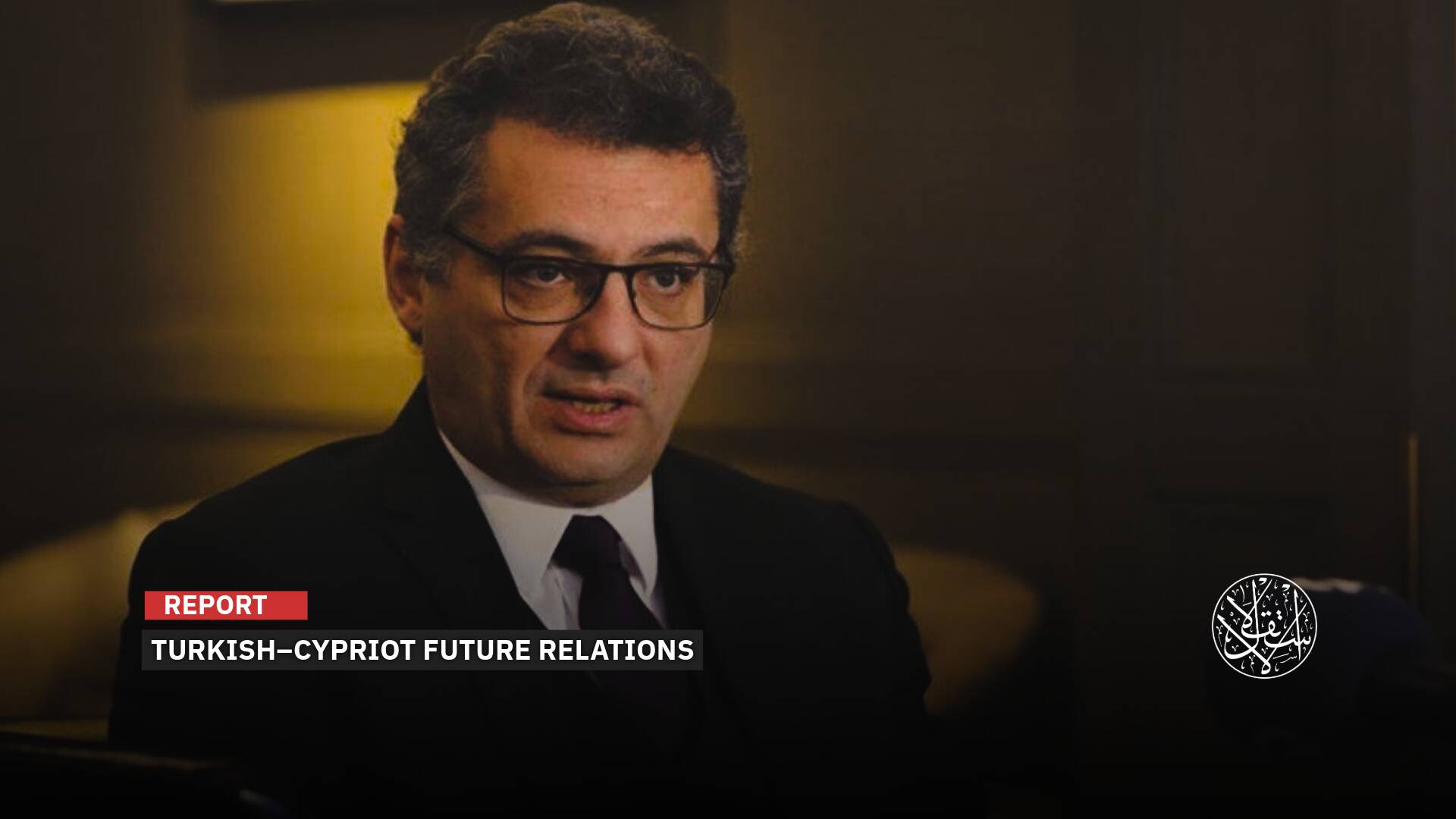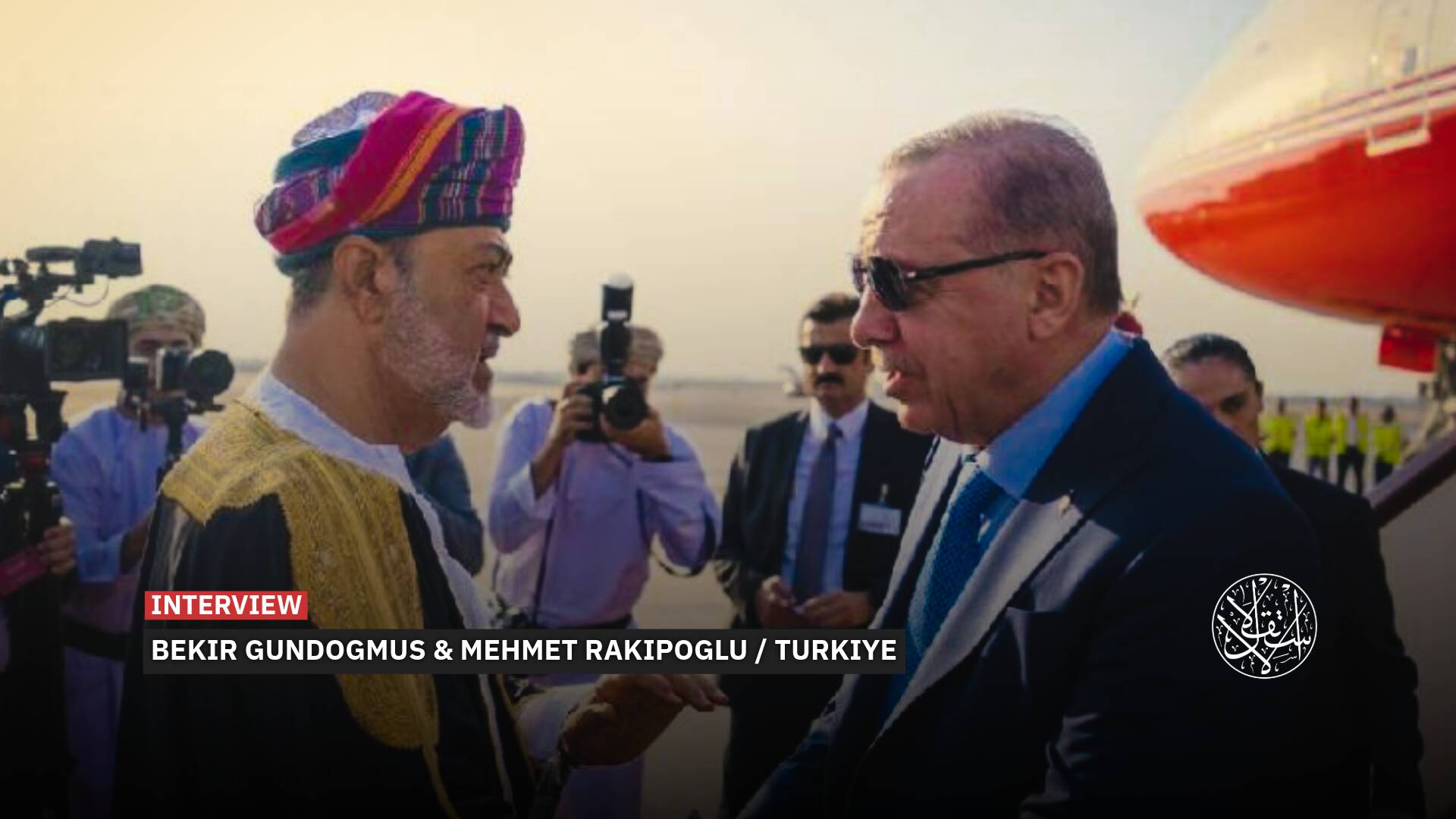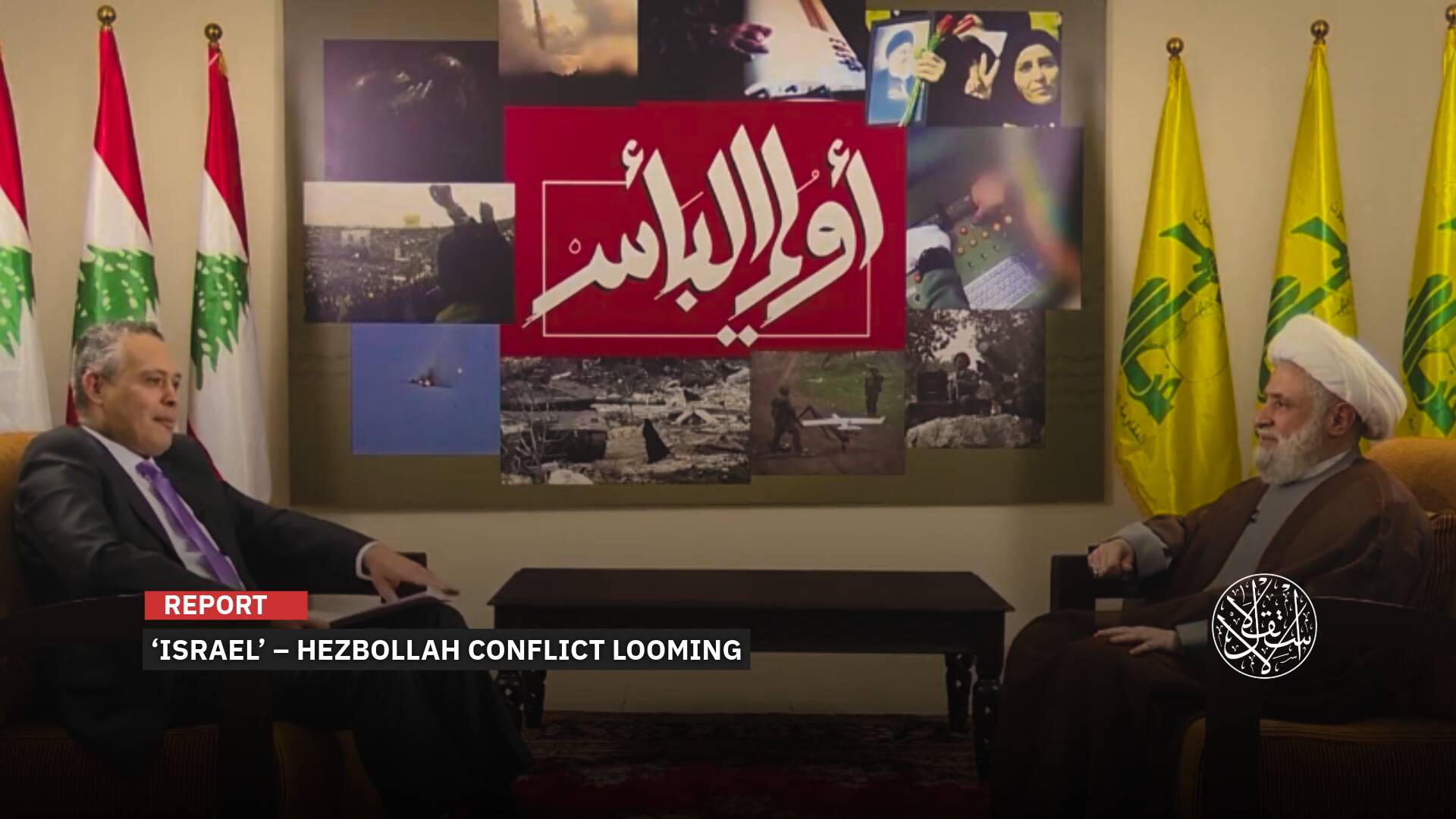How Immigration Raid Protests Spread From Los Angeles to More US Cities

“There are 'No Kings' protests planned for Saturday in over 1800 cities.”
Los Angeles has recently become a flashpoint due to a series of arrests and deportations by the U.S. Immigration and Customs Enforcement (ICE) against undocumented immigrants, part of a strict immigration policy led by U.S. President Donald Trump.
What began as routine raids in Los Angeles quickly escalated into angry mass protests and riots, extending to other states, such as Dallas, Austin, and Texas, amid an escalating confrontation between the Trump administration and Democratic governors.
Trump's use of the National Guard to deter protests without the approval of the governors has further heightened tensions between Democrats and Republicans, raising fears of an escalation that could lead to more violent confrontations, as the dispute enters the courts.
California Democratic Governor Gavin Newsom accused the federal government of using his state as a political litmus test, calling President Trump a dictator.
Are the immigration protests that began in Los Angeles a temporary phenomenon or the beginning of unrest unprecedented in decades?
Immigration Protests
Just days after Trump's inauguration, he began fulfilling his campaign promise to launch the largest mass deportation of undocumented immigrants in history, issuing a series of executive orders aimed at containing the influx.
He then declared a national emergency on the southern border with Mexico, deploying military forces, and vowing to deport criminal aliens.
On June 6, a routine inspection of undocumented immigrants in Los Angeles, California's largest city and the second-most populous in the U.S., turned into a battleground between protesters and ICE agents.
Protesters subsequently gathered downtown to oppose deportations and prevent the transfer of detainees. Police quickly responded with force, firing tear gas and stun grenades.
As tensions escalated, several members of Congress and elected officials attempted to visit detention centers, but immigration authorities denied them entry, further fueling public anger.
In turn, the White House responded by sending troops (approximately 4,000 National Guard soldiers and 700 Marines), without California's approval, to Los Angeles under a controversial order issued by President Trump.
Due to the chaos and violence accompanying the protests, Los Angeles Mayor Karen Bass announced a nighttime curfew in parts of downtown Los Angeles.
Bass and elected officials representing 15 Southern California cities appeared together to decry the fear generated by the crackdown and warn of its implications.
Demonstrations have also been held in Illinois, New York, Georgia, Texas, Las Vegas, Washington, North Carolina, Oregon, St. Louis, Missouri, Indianapolis, Seattle and San Antonio, according to reports.

Calculated War
The Los Angeles riots have sparked a new political dispute between Democrats and Republicans, particularly over immigration.
Republicans view the deportation of undocumented immigrants as a necessity for national security, while Democrats maintain that the solution lies in comprehensive reform of the system, ensuring respect for the dignity of immigrants.
In a related context, President Trump described the recent events in several states, including Los Angeles, as a left-wing conspiracy to disrupt the country, accusing Democratic governors of tolerating the chaos.
Democratic leaders condemned the immigration sweeps that have provoked a growing public response, calling the use of federal troops as an unnecessary and uninvited theater.
They considered his decision to deploy the National Guard to be political intimidation, noting that it resulted in illegal security interventions.
Chicago Mayor Brandon Johnson labeled Trump an authoritarian and tyrant.
Pennsylvania Gov. Josh Shapiro promised to protect the rights of protesters if Trump sends troops into Philadelphia.
Critics pointed to the exorbitant cost of the $134 million deployment for 60 days and raised alarm about the use of military force in local civil affairs.
For his part, President Trump promised to liberate the city from what he called foreign enemies, describing the protests as an invasion by a foreign enemy.
Several administration officials confirmed their intention to increase immigration raids in response to the protests.

Gov. Newsom emphasized that Trump's decision constitutes a direct assault on the state's sovereignty and an illegal waste of resources.
Seeking to halt this escalation, Newsom, widely viewed as a potential Democratic presidential candidate in 2028, filed a lawsuit against Trump and the Department of Defense on June 9, a move that prompted the president to suggest arresting Newsom.
In a speech on June 10, Newsom said the arrival of National Guard troops and Marines in the city was part of a calculated war aimed at undermining the foundations of society and concentrating power in the White House.
“California may be first, but it's clear it won't end here. Other states are next... Democracy is under attack before our eyes. This is the moment we've feared,” he warned.
At the end of his speech, he said: “It's time for all of us to rise up. What Trump wants more than anything is your loyalty and silence, for you to be complicit in this moment... Don't give in to him.”
The Trump administration justified its recent actions through the Insurrection Act, a law dating back to 1807 that gives the president the authority to deploy the armed forces, including the National Guard, in the event of a domestic rebellion that threatens public order and obstructs the enforcement of federal laws that state authorities are unable to enforce.
Analysts considered Trump's decision to deploy the National Guard a test of the limits of his executive authority as part of his campaign promise to deport undocumented immigrants.
Meanwhile, CNN reported that a federal judge rejected the California governor's request for an immediate injunction preventing the deployment of Guard troops to confront protests in Los Angeles.
It is worth noting that the last time the Marines were deployed on US soil was also in Los Angeles, after President George H. W. Bush used the Insurrection Act to quell riots sparked by the acquittal of white police officers who beat Black motorist Rodney King in 1992.
Legal experts have raised concerns about Trump’s response to the unrest, saying he appears to be laying the groundwork for more expansive use of the military.

Unprecedented Powers
Democratic Party leaders have expressed growing concerns about a national crisis brewing in Los Angeles.
They asserted that the roots of the crisis lie primarily in Trump's deportation policies over the past months, which target Latino immigrants while showing favoritism toward white immigrants, particularly those from South Africa.
Some believe this duality fuels anger among Latino communities and may also explain the waving of foreign flags at protests in Los Angeles, one of the most prominent Latino strongholds in the United States.
As of April of this year, the number of undocumented immigrants detained in detention centers reached approximately 50,000.
As Trump insists on giving federal law enforcement unprecedented powers to pursue immigrants and threatens to militarize any mass protest, the United States appears to be entering a period of extreme tension that could become the greatest challenge of his second term.

Nationwide demonstrations under the moniker ‘No Kings’ are planned for Saturday, June 14, to counter a planned military parade meant to celebrate the 250th anniversary of the U.S. Army. The date also coincides with Trump’s 79th birthday.
Organizers said this week that protests are expected in more than 1,800 cities as part of a mass, nationwide protest rejecting authoritarianism, billionaire-first politics, and the militarization of our democracy.
They noted that the parade is being funded by taxpayers while millions are told there’s no money for Social Security, SNAP, Medicaid or public schools.
Trump has said the parade is meant to celebrate Flag Day, not necessarily my birthday.
Sources
- Which other US cities have joined LA's protests over immigration raids?
- Protests over Trump administration’s immigration raids spread nationwide
- California governor says ‘democracy is under assault’ by Trump as feds intervene in LA protests
- 'No Kings' Protest to Be Largest Mobilization Since Trump Took Office


